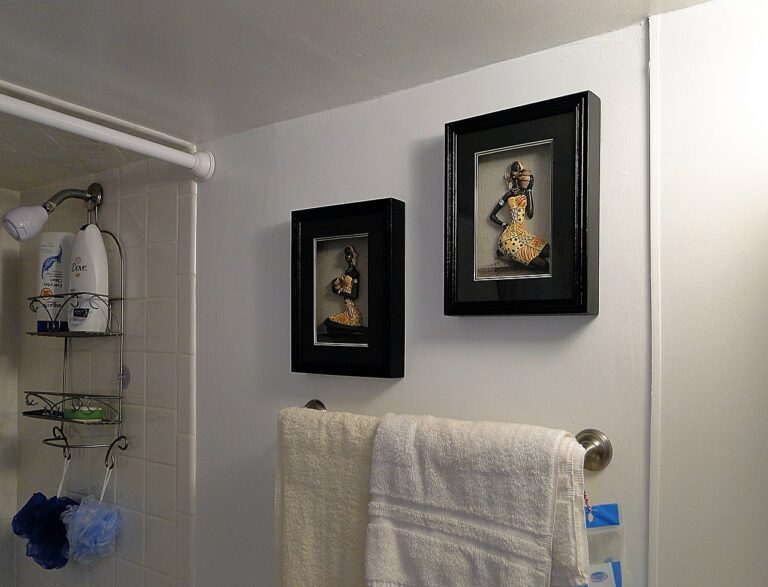Preserving Historical Charm in Aging Home Improvement
When looking to identify the historical features of your home, start by examining the architectural elements that are unique to the time period in which it was built. This may include details such as the style of windows, the shape of the roof, or any decorative embellishments on the facade. By studying these features closely, you can gain insight into the historical context of your home’s construction and better understand its architectural significance.
Another key aspect to consider when identifying the historical features of your home is the materials used in its original construction. Different time periods favored distinct building materials, so analyzing the composition of your home’s walls, floors, and other structural components can provide clues about its historical roots. For example, homes built in the early 20th century may feature intricate woodwork, while those from the mid-century modern era might showcase sleek lines and innovative materials such as concrete and steel.
Researching the Historical Context of Your Home
When delving into the historical context of your home, it is essential to start by examining any existing documents, such as deeds, photographs, or old newspapers. These sources can offer valuable insights into the original construction, past renovations, and previous owners of your home. Additionally, visiting local archives or historical societies can provide further information about the development of the neighborhood and any significant events that may have influenced the property over time.
Another crucial aspect of researching the historical context of your home is analyzing the architectural style and design elements present in the building. Understanding the architectural features typical of the time period when your home was constructed can help you uncover clues about its history and original purpose. Additionally, consulting with architectural historians or preservation experts can offer valuable expertise in identifying significant historical details that may inform future renovation decisions.
• Start by examining existing documents such as deeds, photographs, or old newspapers
• Visit local archives or historical societies for more information about the neighborhood’s development
• Analyze architectural style and design elements present in the building
• Understand architectural features typical of the time period when your home was constructed
• Consult with architectural historians or preservation experts for valuable expertise
Selecting Authentic Materials for Renovations
When it comes to renovating a historical home, selecting authentic materials is crucial to maintain its original charm and character. Whether it’s restoring the original hardwood floors, sourcing reclaimed bricks for a fireplace, or choosing period-appropriate lighting fixtures, every detail matters in preserving the authenticity of the home.
One key consideration when selecting materials for renovations is to prioritize quality and authenticity over cost-saving measures. While it may be tempting to opt for cheaper alternatives, investing in high-quality, authentic materials will ensure a lasting result that stays true to the historical integrity of the home. Researching and sourcing materials from reputable suppliers who specialize in historical renovations can make a significant difference in the overall outcome of the project.
How can I identify the historical features of my home?
To identify the historical features of your home, you can start by examining architectural details such as moldings, trim, hardware, and flooring. You can also look for any original materials or design elements that may have been preserved over the years.
Why is it important to research the historical context of my home before renovating?
Researching the historical context of your home is important because it can provide valuable insight into the original design and construction of the property. This information can help guide your renovation decisions and ensure that any changes you make are in keeping with the historical integrity of the home.
How can I select authentic materials for renovations?
When selecting authentic materials for renovations, it is important to consider the time period in which your home was built. Look for materials that were commonly used during that time, such as wood, stone, or metal. You can also consult with a historical preservation expert for guidance on finding authentic materials for your renovation project.







